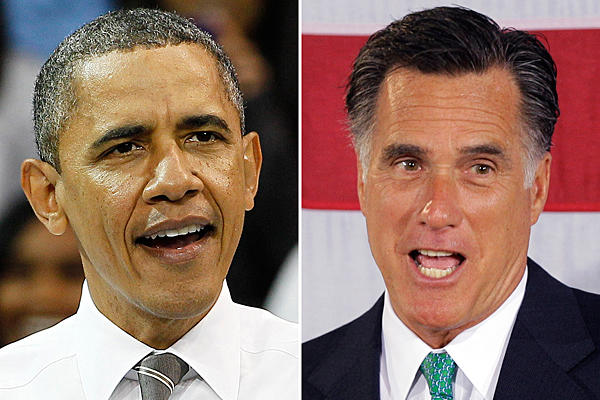Obama’s 2008 electoral victory was fueled by a historic turnout of enthusiastic young voters, but polls this year show that this demographic has fallen back into disillusionment about the presidential race. It is hard to say just what issues pushed young voters away, but the skyrocketing rates of student debt and glum employment prospects weigh in heavily.
Students in universities and colleges in the United States commit a lot of time and finances for their educations, so issues related to the funding and structuring of institutions of higher learning are essentially important to swaying the diploma-seeking demographic.
Gary Johnson, the relatively unknown Libertarian candidate running with Ron Paul as the vice presidential candidate, makes no mention of higher education. Johnson’s vow to “reassess the role of the federal government and identify responsibilities that can be handled more efficiently by the private sector,” is a promise in line with his party’s ideology. It also hints at continued gutting of public funds for higher education, without offering any material solutions.
Barack Obama knows his audience. The young voters that got him elected in 2008 have seen opportunities to push important changes in war spending, education reform and energy policy squandered in the name of bipartisanism. They need ambitious promises to pull them out of their disillusionment.
What Obama is calling his “Blueprint for Higher Education” outlines a nuanced Pell Grant system that rewards colleges that not only show they are capable of getting Pell eligible students to graduate, but also can keep their tuition affordable.
The Blueprint calls for a “race to the top for higher education,” but fails to offer details of how the K-12 program, encouraging taxpayer accountability, vouchers for private schools and teacher pay based on the results for standardized testing, would be implemented in universities.
Just how the program is supposed to entice states to “maintain adequate levels of findings for colleges and universities” is unexplained.
It is possible that this could, like the K-12 “race to the top,” be a push for linking funding for professors and students to standardized test results. It would give states the opportunity to win major federal grants by making their schools more competitive; this means that a teacher’s continued employment or an individual school’s ability to remain open would be tied directly to improving student’s standardized test scores.
Mitt Romney and his party acknowledge that the student debt bubble and the high unemployment rate of college educated individuals cause voter dissatisfaction. Despite that, the solution suggested does not address students who have degrees from traditional universities. It proposes a new system, one which popularizes vocational schools, online universities and associate degrees.
The Republican platform promises jobs by cutting taxes for the rich—a familiar “trickle down” tactic. The proponents of this type of budget always seem to be the wealthy, while its critics claim that historically it has lead to huge profits for the rich and few employment opportunities for the general population.
Jill Stein, the Green Party candidate, puts forward a platform fighting for forgiveness of all student debt, free higher public education and a publicly funded green jobs program. Though her platform does not outline how the funds for each specific program would be generated, she does stand for such cost-saving measures such as ending wars, moving away from the “prison-industrial system” and taxing at ninety percent the salary bonuses of bank CEOs bailed out by taxpayers.
In April of this year, the total student debt in this country reached one trillion dollars. Al Jazeera reports that at least $30 billion of this belongs to the 60 and over crowd: a haunting reminder that student debt, regardless of employment or bankruptcy, never goes away. Especially frightening is the fact that seniors in default on student loans have social security checks and Medicare benefits seized to pay private banks like Wells Fargo and JPMorgan, who hold student debt.
As the underemployed, educated sector of the population moves into the stage of their lives when they might hope to buy a car, a house or fund a vacation, it will become more and more apparent that every spare dollar is already spent on student loans.
No matter who ends up in the White House, they need to be ready to tackle this problem before the student debt bubble becomes that next housing or dot com bubble that crashes the global economy.





















































